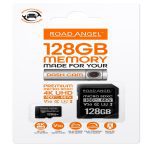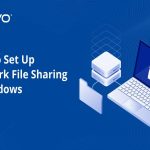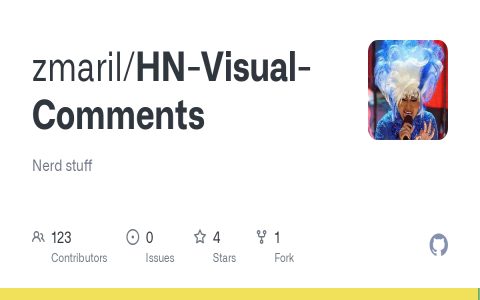Key Considerations for Tablet Linux
When selecting a Linux distribution for a tablet PC, several factors are crucial for a good user experience. Prioritize distributions that offer robust out-of-the-box support for touchscreens, reliable on-screen keyboards (OSKs), and user interfaces optimized for touch input.
- Touchscreen & Stylus Support: Ensure drivers and gesture recognition are well-implemented. Multi-touch capabilities are essential.
- On-Screen Keyboard (OSK): A functional, responsive, and easily accessible OSK is non-negotiable for tablet use.
- User Interface (UI): Desktop environments like GNOME and KDE Plasma (particularly its Plasma Mobile variant) are generally better suited for touch interaction than more traditional, mouse-focused UIs.
- Hardware Compatibility: Verify support for Wi-Fi, Bluetooth, sound, cameras, suspend/resume, and sensors like accelerometers for screen rotation.
- Power Management: Efficient battery usage and proper sleep states are critical for portability and usability.
- Application Ecosystem: Consider the availability of touch-friendly applications and how well traditional desktop applications adapt to touch input and smaller screens.
Recommended Linux Distributions for Tablets
While no single distribution is universally "best," some are more suitable for tablet PCs due to their features, active development in touch interfaces, and community support. Hardware compatibility for your specific tablet model remains the primary determinant.
Ubuntu (with GNOME desktop):
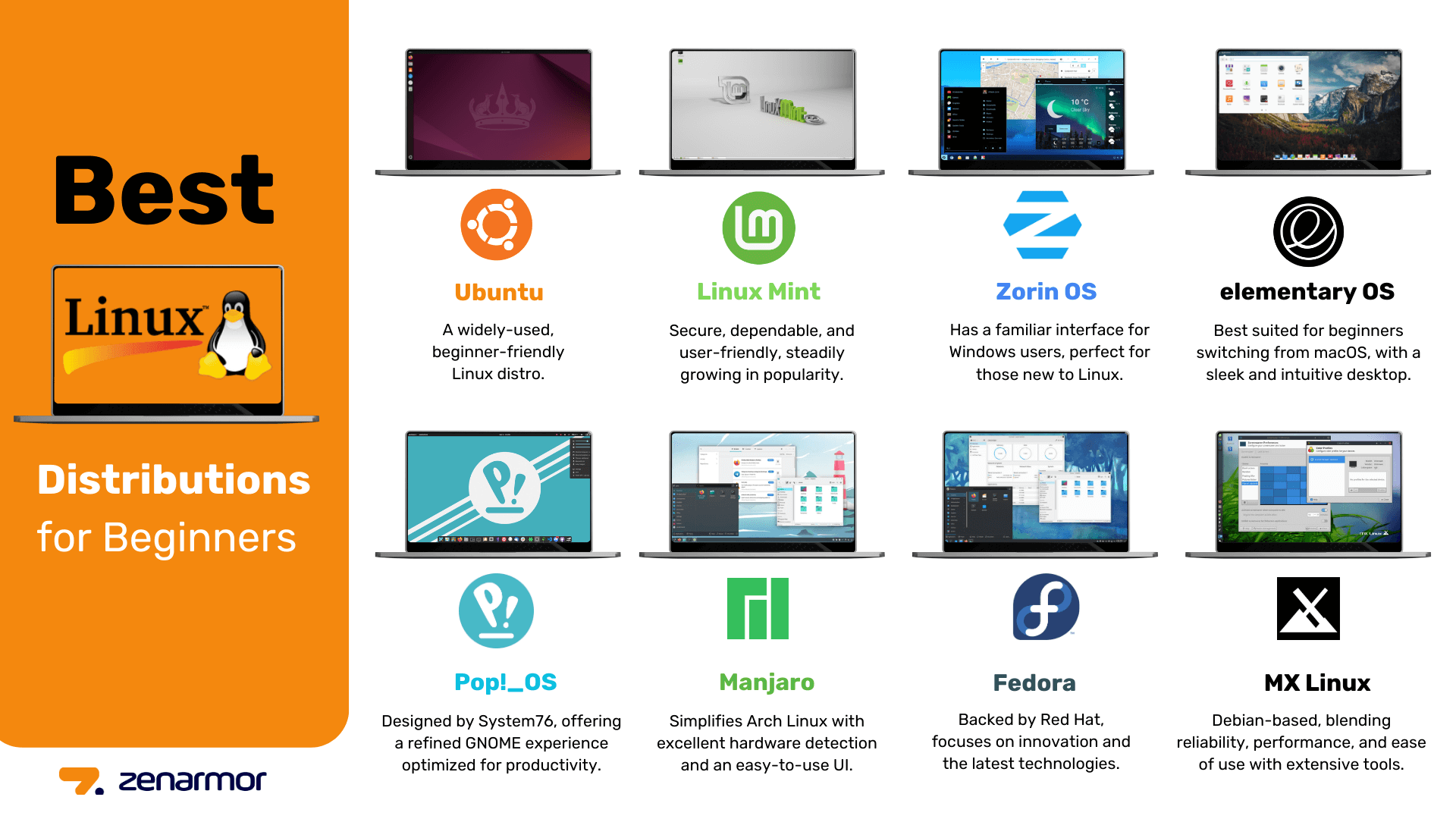
- GNOME offers mature touch support, including on-screen keyboard integration and gesture navigation.
- Large community support and extensive hardware compatibility due to its widespread use.
- Utilizes Wayland by default, which generally provides better handling of touch input and scaling.
- Good access to software through its repositories, as well as Snap packages and Flatpaks.
Fedora Workstation (with GNOME desktop):
- Provides a cutting-edge, near-vanilla GNOME experience with excellent Wayland support.
- Strong focus on open-source software and incorporating new Linux technologies promptly.
- Benefits from similar touch optimizations found in the upstream GNOME project.
KDE Plasma Mobile (available on various base distributions):
- A dedicated user interface shell built by KDE specifically for smartphones and tablets.
- Offers a growing ecosystem of convergent Qt applications designed for touch.
- Can be found on distributions like postmarketOS, Manjaro ARM (for supported devices), and others. Performance and stability can vary depending on the base distribution and device.
postmarketOS:
- An Alpine Linux-based distribution specifically targeting mobile devices, including tablets, with a focus on longevity and user control.
- Supports various mobile-friendly UIs such as Plasma Mobile, Phosh (GNOME-based), and Sxmo.
- Hardware support is device-specific and actively developed by the community. Check their device wiki for compatibility. Often more suitable for technically inclined users.
Important Factors for Tablet Usage
Desktop Environment Choice:
- GNOME: Has significantly improved its touch usability. The Activities Overview, virtual desktops, and application grid are relatively touch-friendly. Its built-in OSK is generally adequate.
- KDE Plasma: While the standard Plasma Desktop can be configured for better touch use, KDE Plasma Mobile is the optimized shell for touch-first interaction and is highly recommended if available and stable for your device.
Wayland Display Server:
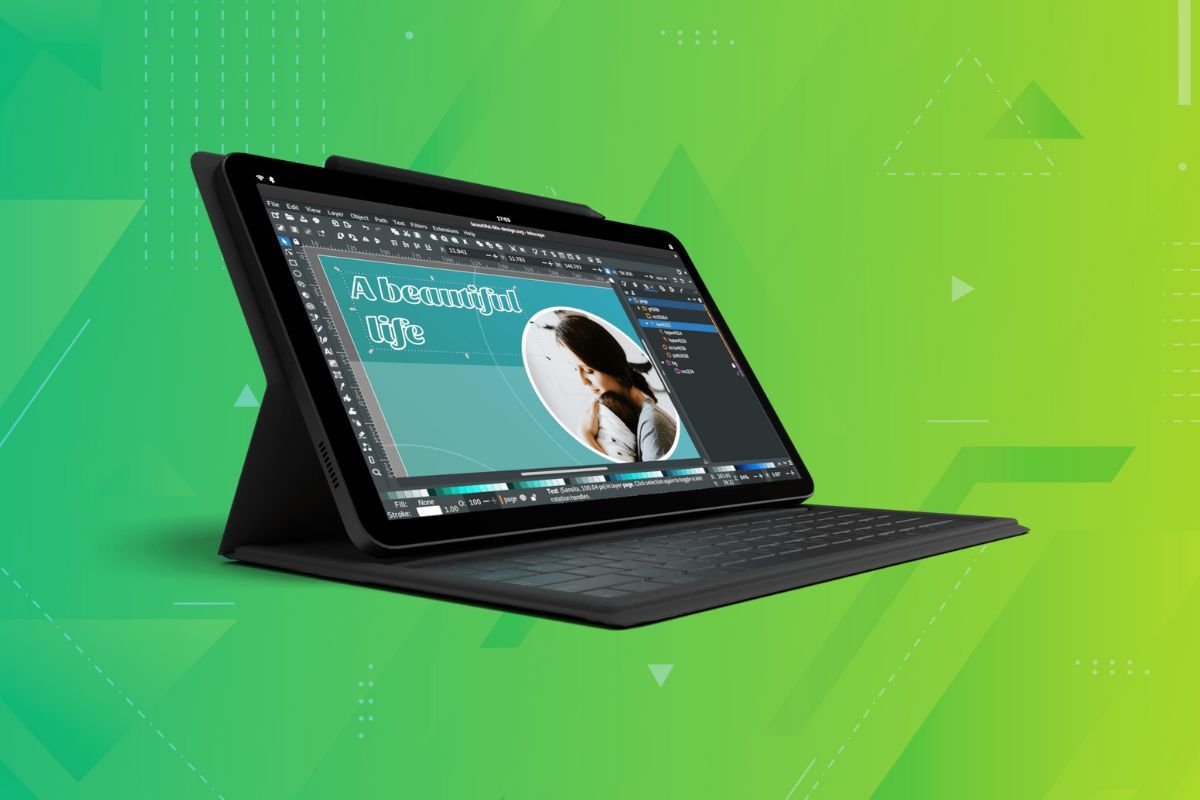
Distributions using Wayland by default often provide a smoother experience for touch gestures, fractional scaling (important for high-DPI tablet screens), and on-screen keyboard behavior compared to older X11-based sessions.
Application Considerations:
Not all traditional Linux desktop applications are designed for touch input or scale well on tablet screen sizes. Look for applications with responsive UIs or consider web applications for services where native touch-friendly apps are lacking. Flatpak and Snap can provide access to a wider range of software, some of which may be better optimized for varied screen sizes.
Ultimately, the "best" Linux for a tablet PC heavily depends on the specific hardware of the tablet and the user's technical proficiency and requirements. Thorough research into device compatibility is paramount before attempting an installation.




